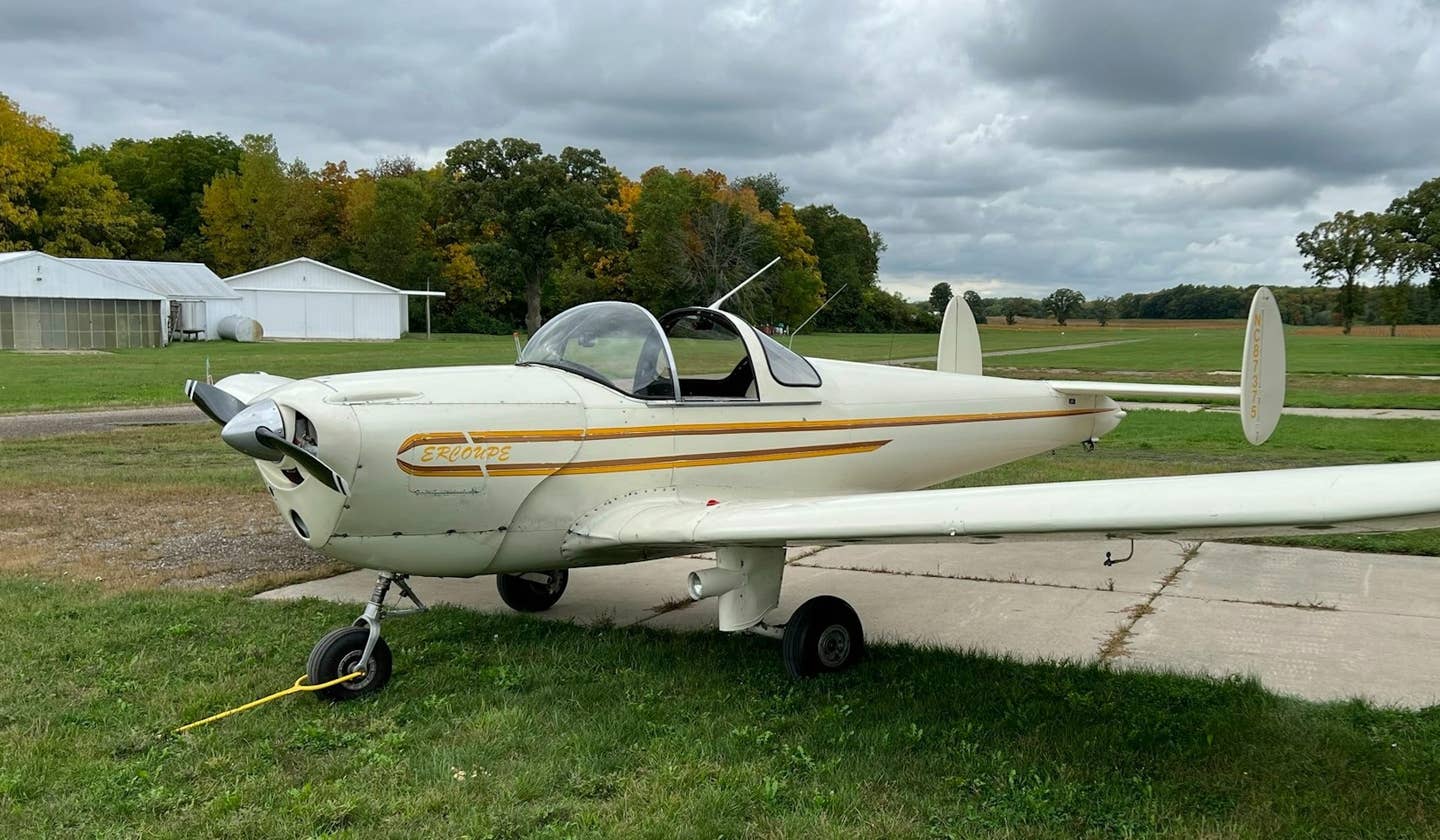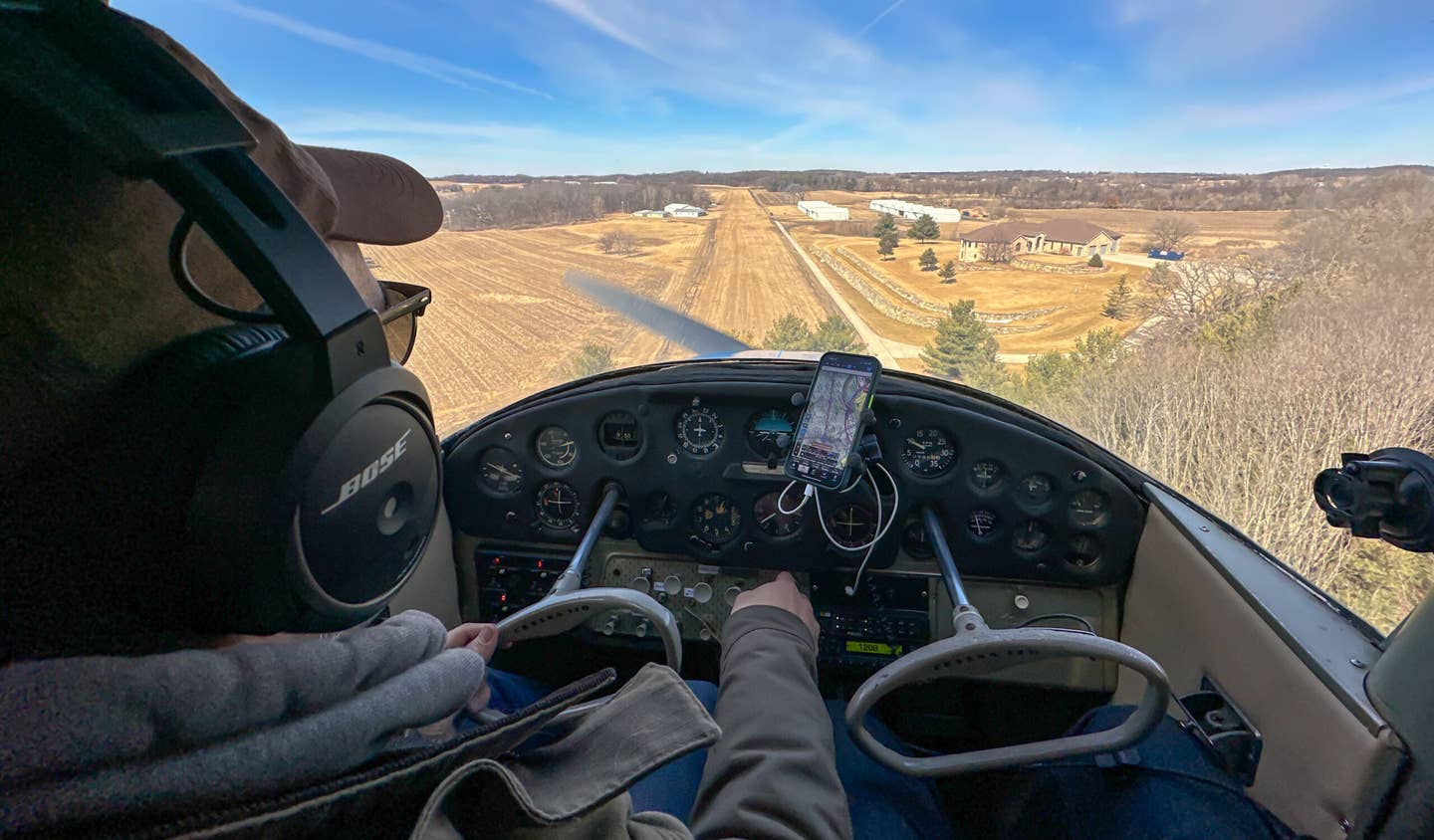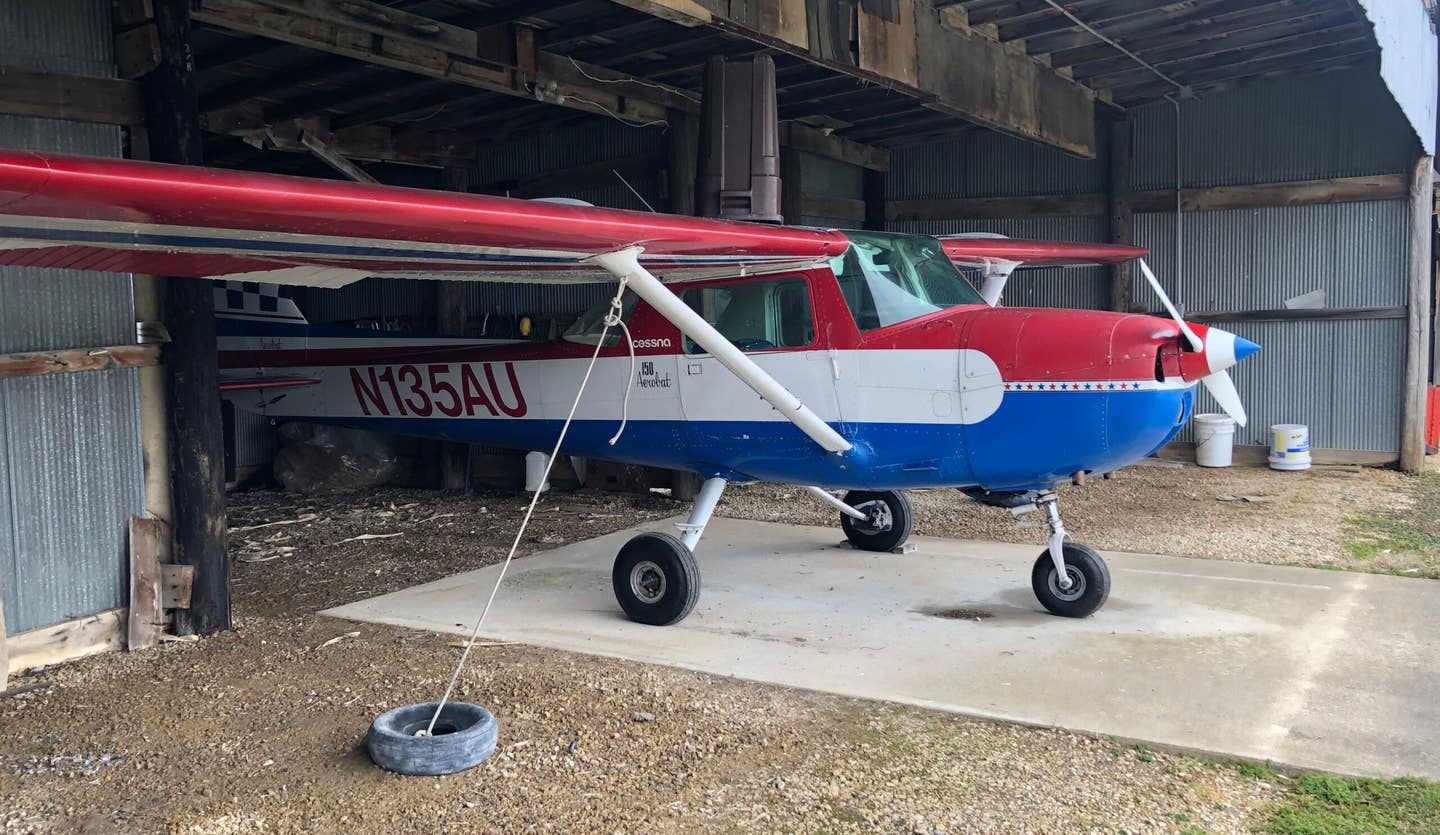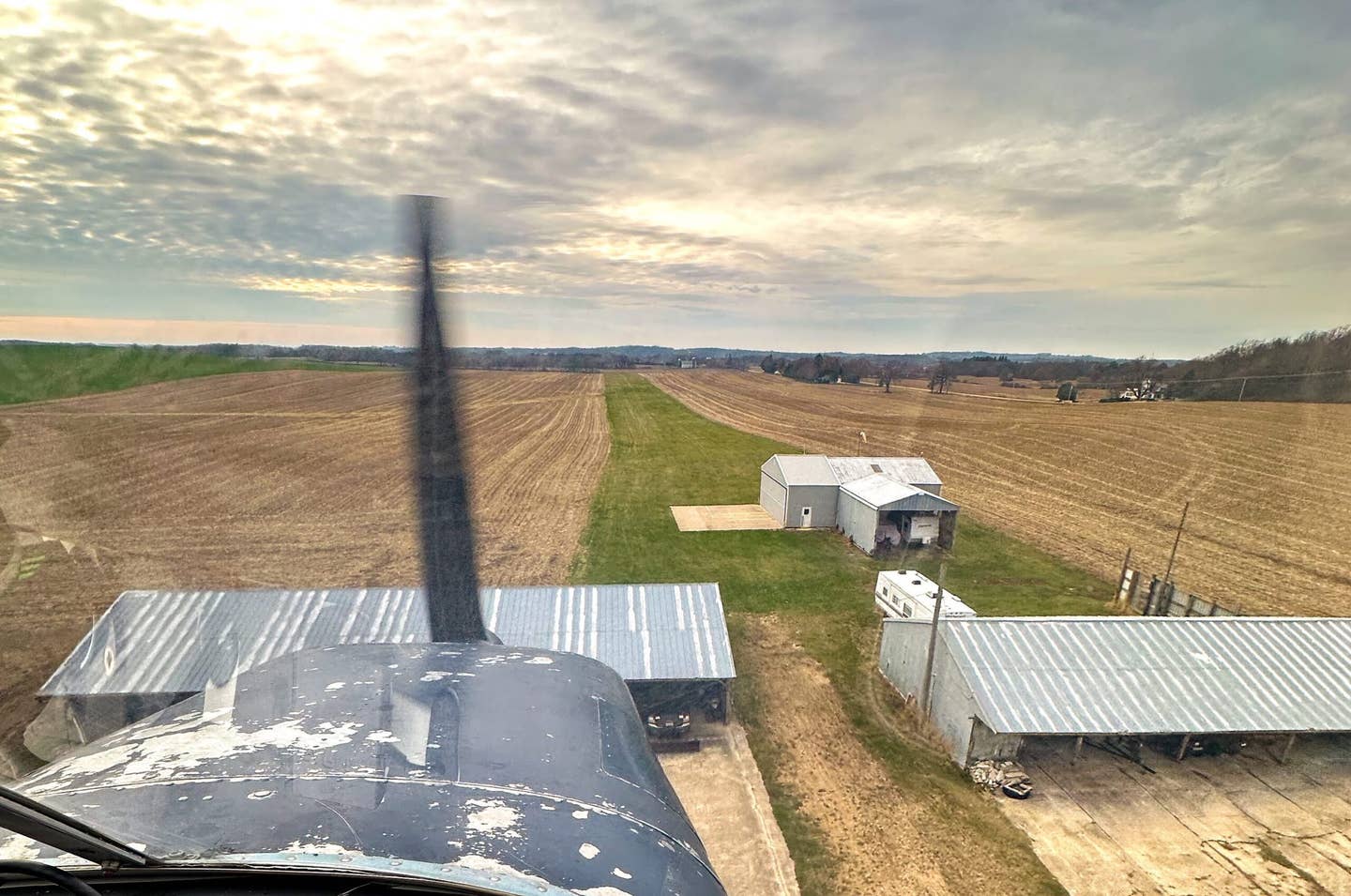The Joy of Aircraft Shopping
Jason McDowell gives some sage advice about narrowing down the choices and managing the allure of rare types when you’re trying to pick out your airplane.
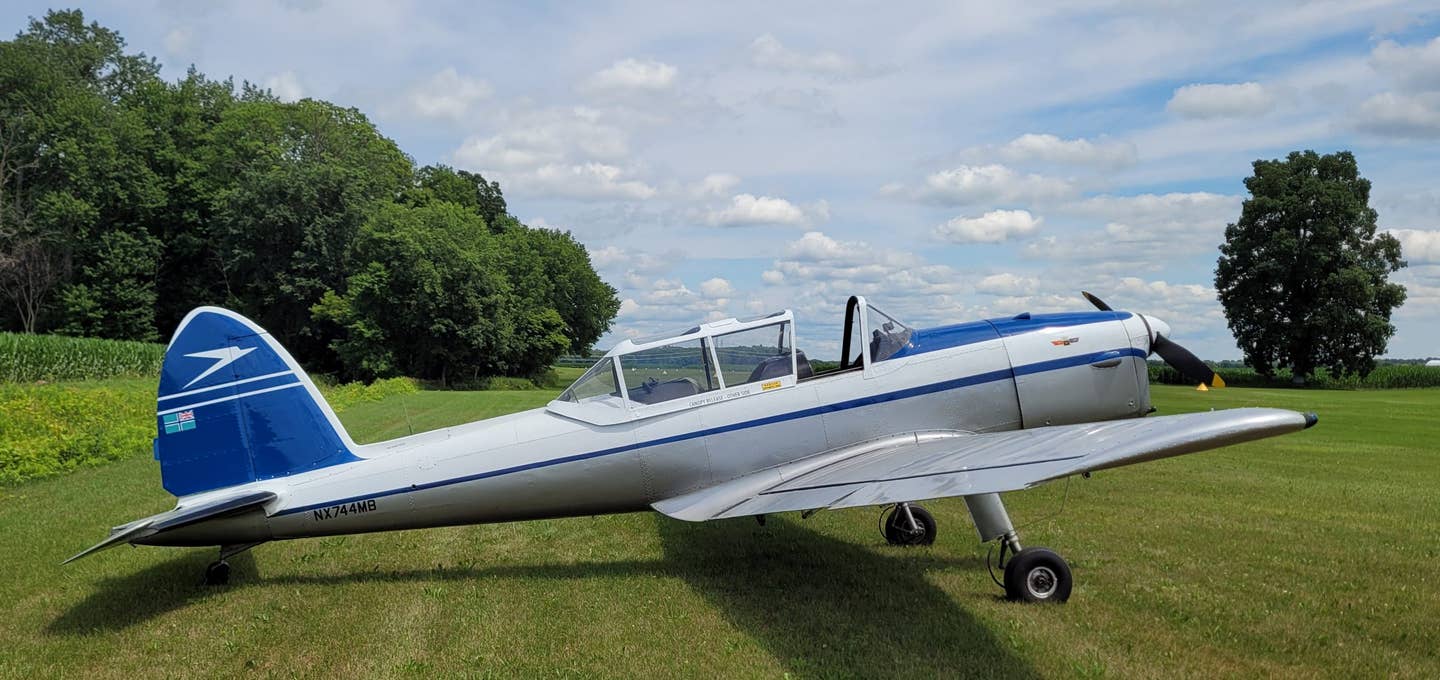
The de Havilland Canada DHC-1 Chipmunk, first flown in 1946 and used as a primary military trainer. Arayan Lias
Last spring, a good friend of mine embarked on a search for an old aviation artifact somewhere in his basement. He’s a retired airline and military pilot who has, for the past 50 or so years, flown various aircraft and helicopters into and out of situations around the globe that would make Indiana Jones proud.
Accordingly, his basement is an archive of aviation history, complete with stacks of photos and boxes of trinkets, each with their own fascinating story.
This time, his search was unsuccessful, and he reflected, “What I really need to find so far eludes me—more room.”
It’s a sentiment familiar to those of us who have struggled to narrow down our search for our first airplane. We learn about various types, fall in love with all of them, and find ourselves wishing we had more room, as well. More room to store airplanes, and more room in the budget to acquire them.
Eventually, reality makes an appearance. Our search becomes an exercise of balancing priorities and narrowing down the choices, and for most of us, it’s a process unlike any other large purchase we’ll ever make.
How Is This Different?
When purchasing a house, for example, it’s a fairly straightforward matter of determining our budget, defining our needs, and then finding a solution that matches those parameters. On any real estate website, we can easily narrow our search to our desired square footage, number of bedrooms, and price, and we’ll instantly be presented with houses that fit neatly into our criteria.
Car shopping is a similarly straightforward matter of matching one’s basic requirements to the option most capable of filling them.
But for most of us who fly as a hobby, an airplane isn’t something we need. It’s something we’re drawn to by passion. Unlike a car, it isn’t necessarily held to rigid requirements to serve us in a functional, practical manner. Sure, we might have an idea of how many seats we’d like to have and how much we’re able to spend, but beyond that, many of us are driven by our heart rather than by logic. Some, more than we might like to admit.
Case In Point: The Chipmunk
In my case, I’d determined early on which two aircraft types I was most interested in—the Cessna 140 and 170. I’d flown and enjoyed both, and both satisfied my desire for an airplane that was relatively affordable, fun and satisfying to fly, and cool.
At one point though, temptation began to sway me from those types. It arrived in the form of a 1940s-era military trainer known as the de Havilland Canada DHC-1 Chipmunk.
In my case, nothing about the Chipmunk is logical. It’s a relatively rare type, with only about 100 examples appearing on the U.S. registry. It uses a similarly rare British inline four-cylinder engine, the likes of which require specialized experience and know-how to service. And nearly all must be operated in the experimental-exhibition category, which can bring additional complications to ownership.
But something about the Chipmunk captivated me, and I couldn’t shake it. Maybe it was the Canadian military heritage. Maybe it was the reportedly legendary handling qualities. It could have been the feeling of sitting in a low-wing military airplane with tandem seating and a long, thin nose that makes you feel as though you’re sitting in your very own miniature Spitfire.
Most likely, it was a combination of all of these things.
Whatever it was, I couldn’t ignore it, and when an example popped up in a classified ad with a price on par with many Cessna 170s I’d been considering, against my better judgment, I began to investigate the type more thoroughly.
Investigating the Chipmunk
I started with the “de Havilland Chipmunk Appreciation Society,” a group on Facebook. I’m typically the first to profess my hatred of Facebook, but I grudgingly concede that some of the type-specific owner groups are truly wonderful resources. From the comfort of home, one can brew a coffee and engage with actual owners to learn more about what a type is like to own and maintain.
The Chipmunk Appreciation Society proved to be a real treasure. My brief inquiry resulted in dozens of educated opinions, suggestions, and points based on first-hand experience I hadn’t considered. Among them:
- “I tell all the owners to network with other operators and to purchase spare parts to inventory.”
- “You have to treat it as an antique or an elderly member of the family.”
- “If you want the airplane to be like a Cessna, where you can run it hard and put it away wet, buy a Cessna.”
I learned that while a number of owners had few issues maintaining their Chipmunks, good, experienced mechanics cost as much as $480 per hour for relatively routine work. Certain engine parts have become quite difficult to find. More than one owner firmly believed that the key to successful Chipmunk ownership was learning to service the engine oneself.
As someone who struggles to successfully hang pictures on the wall, the latter piece of advice served as a red flag large enough to make Stalin proud.
Lessons I Learned
The insight from the owners taught me a few lessons. In the interest of safety, one must become intimately familiar with the mechanical complexities of one’s airplane. For example, having a nebulous idea of roughly where the magnetos are located won’t cut it—a prudent owner will become a de facto magneto enthusiast, with a solid understanding of their condition and an ability to recognize the first signs of trouble. This is doubly important when there’s a lack of experienced mechanics to turn to for help.
I also learned that a local support network is a hidden benefit to rare and unique aircraft types. Some investigative work might reveal that your area happens to be home to a number of owners and mechanics intimately familiar with a certain type, in which case you’d have a serious leg up as a new owner.
In the end, I realized that it would be an order of magnitude more challenging to own and maintain an airframe and engine combination like the Chipmunk. The challenge isn’t necessarily an insurmountable one, but for a first-time owner, it would perhaps become a case of biting off more than one can chew.
I ultimately decided to play it safe and ended up with a Cessna that I love. My lack of mechanical ability makes it sufficiently challenging to own, and I’m confident the relative simplicity of the type will result in more time in the air and less time in the hangar, learning the intricacies of 1940s-era engineering lore the hard way.
That said, it’s never too soon to begin planning for one’s second airplane. I just need to start making room for it.
Jason McDowell is a private pilot and Cessna 170 owner based in Madison, Wisconsin. He enjoys researching obscure aviation history and serves as a judge for the National Intercollegiate Flying Association. He can be found on Instagram as @cessnateur. You can email Jason at editorial@flying.media with any questions or comments you have.

Sign-up for newsletters & special offers!
Get the latest FLYING stories & special offers delivered directly to your inbox

